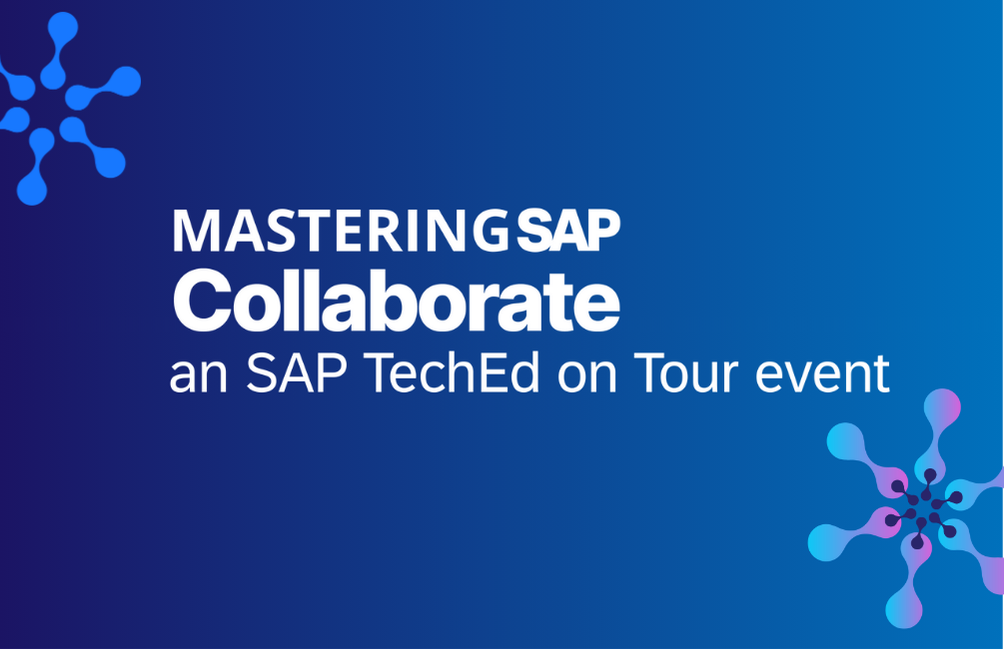3 Tips for a Successful SAP S/4HANA Migration
SAP S/4HANA can help alleviate the increasing complexity and real-time nature of today’s digital world, and many organizations are already experiencing the benefits of running on the platform. With SAP S/4HANA, businesses can establish a digital core to connect the enterprise with people, business networks, the Internet of Things, and big data, as well as benefit from using a platform that offers real-time analytics and simplifies functionality, data structure, and user experience. And while many companies are eager to implement SAP S/4HANA, some are unsure how best to go about it.
I’ve worked closely with migration teams who have paired best practices with flexible solutions to meet or exceed tight go-live deadlines for transitioning to SAP S/4HANA. Here are the top three that can help companies execute successful migrations and realize the benefits of real-time data access more quickly.
Explore related questions
1. Remove Unnecessary Custom Code
According to a survey report by IDC, 40% of companies considering a move to SAP S/4HANA believe that migrating custom code will be a key challenge. SAP customers should use the move to SAP S/4HANA as an opportunity to simplify their systems by validating all extensions and modifications. Reviewing existing custom ABAP code in SAP ERP Central Component (SAP ECC) and removing any nonessential custom code will help companies avoid additional work during the transition. SAP customers can also use more flexible alternatives for customization that are fully SAP S/4HANA compliant — such as those offered by Winshuttle — to reduce the number of RICEFW objects across all SAP modules that require ABAP resources. This can help ease the transition, cut down the number of technical resources required, reduce the time spent on the transition, and lower the cost of the implementation.
2. Use a Phased Approach
Organizations moving from SAP ECC to SAP S/4HANA should plan for a two- or three-year transition period. Mid-to-large-size companies should also plan for a phased approach to SAP S/4HANA, where they will gradually move different instances, modules, or regions to the new system. During this multiple month- or year-long period, SAP ECC and SAP S/4HANA will run in parallel. This phased approach will help organizations mitigate risk, manage change, and validate the changes to the architecture and business processes. Meanwhile, it’s important to engage business users who know the data and processes best to evaluate and optimize existing business processes.
3. Engage Business Teams
According to a data migration customer survey by Bloor Research, half of respondents identified business engagement as the most critical success factor for their data migration project. But this shouldn’t be surprising: Business users are the ones who understand business rules and can resolve data quality issues, so making these key resources available in the early stages of the transition is vital.
Winshuttle offers a solution that is certified by SAP for integration with SAP ECC and SAP S/4HANA and can help migrate large volumes of master data and transactional data into SAP S/4HANA. A powerful data management tool in both new and old architectures, it delegates migration tasks to the business users who are responsible for the data to better tight timelines. It also empowers users to easily extract data from SAP ECC directly into Microsoft Excel, where business users can easily clean and manipulate data — and validate it against SAP data before uploading it into SAP S/4HANA.
Learn More
Whether you are implementing SAP S/4HANA for the first time or migrating from an older SAP system, these three tips can help to facilitate error-handling and ensure high data quality in the new system. And by leveraging Winshuttle, you can provide your business users with the tools they need during the migration and support your organization throughout the transition period. To learn more, visit www.winshuttle.com/s4hana for the full list of best practices for your transition.







